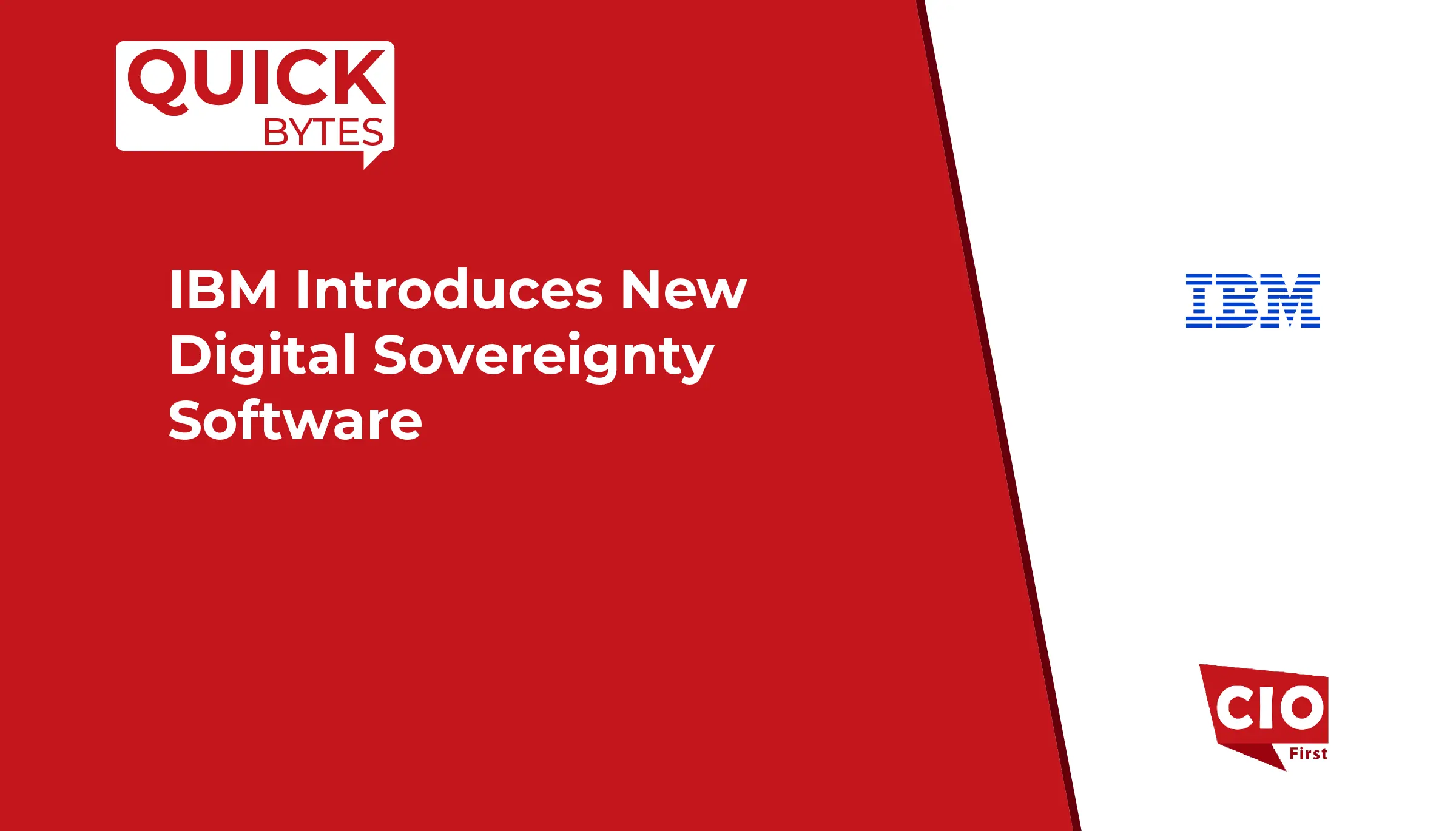Increasingly, organizations are becoming more adept at delivering top-notch customer experiences by leveraging cloud-native platforms that can run large AI and ML workloads.
Platforms are fundamentally a collection of technologies that act as a foundation on which other applications can be built, contributed to, experimented with, and scaled. They support several of the most cutting-edge technological capabilities and modern client experiences.
Also Read: Vendor Management Best Practices for Productive Partnerships
Many businesses are creating their own sophisticated internal platforms to keep up with the scope and complexity of the technological possibilities introduced by big data, AI, And Machine Learning (ML).
Enterprise IT platforms have had a transformative impact because they let cross-functional teams test, launch, and learn quickly, cut down on duplication and standardize capabilities, and offer unified and uniform experiences.
In other words, they assist in making technology a competitive advantage.
The development of business platforms
Organizations are now doing better at providing excellent customer experiences by utilizing cloud-native technologies like Kubernetes, which can handle heavy AI and ML workloads. Here are some crucial best practices for delivering corporate technology platforms:
It all starts with the team: Build a cross-functional team of the best people, even if it slows the process down initially. At the very least, the team should include product managers, engineers, and designers. People who truly understand the platform’s users should be working in these positions. Ensure the team’s shared objectives are clear if it includes members from different organizations.
Working backward from a well-defined end state: Organizations should take the time to agree upon the end state architecture and the strategy for iterating their way there before beginning to develop. Ensure the architecture is built from the beginning to support self-service and contribution. Companies should build the platform assuming that users outside the immediate company or line of business will be added.
Also Read: MLOps: A Promising Way to Tackle Top Machine Learning Challenges
Emphasizing business results: Creating excellent platforms might take a lot of time. To achieve business value along the route, it is crucial to order the work. This inspires the group, increases their credibility, and starts a positive feedback loop.
Being radically transparent: Openly communicate choices, developments, and roadmaps to stakeholders. It’s crucial to describe what the company is working on and what they are not currently prioritizing. Invest in the documentation that makes it possible to contribute and join the platform quickly.
Start small: Even the best QA and testing environments might miss problems that aren’t discovered until something is in use. Always start with a small population for significant changes that will impact customers, and ramp up after things are operating effectively at a modest scale. When a modification impacts external consumers, employ associates exclusively for the initial population whenever possible.
Also Read: Artificial Intelligence: Strategies to Leverage it to Stay Competitive
Getting serious about being well managed: Platform owners should obsess about platform performance. Controls and automatic notifications should allow all problems to self-identify. Exceptions ought to be handled right away. Prioritize issue root cause analysis as well as modifications to stop recurrence. It is important to recognize and respect teams when there are no problems appropriately. Exception monitoring is a great way to ensure that the execution matches the intent. Often the goal is to have zero exceptions.
A happy team is productive: IT leaders should celebrate accomplishments, recognize team members when they go above and beyond and create a psychologically safe environment.
The opportunities are infinite when a team has a strong culture supported by the appropriate platform technology. Businesses may better advance and experiment with newer, more innovative products and experiences by combining cloud-native platforms with data at scale. It’s revolutionary when those experiences help users and consumers get what they need when they need it.

























